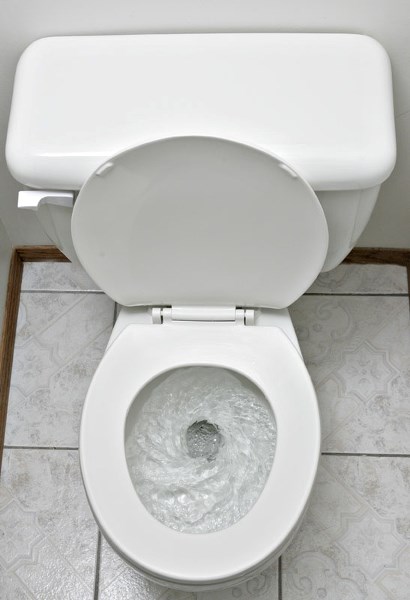The city will have to set some new eco-targets for itself now that it has met several of them years ahead of schedule, a local committee has learned.
The environmental advisory committee got a sneak peak at this year’s state of the environment report last Feb. 28. The annual report tracks the city’s progress towards goals outlined in its 2009 Environmental Master Plan.
The city breezed past its 2020 waste reduction targets last year, reported Leah Kongsrude (formerly Jackson), the city’s manager of community sustainability, diverting 67.4 per cent of its trash from the landfill and generating just 112 kilograms of waste per person. (The 2020 targets were 65 per cent diversion and 125 kilograms per person.)
“I think we’ve made a significant amount of progress these last few years,” Kongsrude said, and the city will have to choose its next trash goal carefully. “Any increase in diversion is going to be a little bit harder from now on.”
St. Albert’s water consumption dipped a bit last year, Kongsrude said in an interview, falling to 257 litres per person per day from 262 – still a long way from its 2020 target of 200.
“We need to go a little faster,” she said, adding that she hoped upcoming water conservation initiatives would help.
Transit ridership dipped to its lowest level since 2008, the committee learned, likely due to higher fares and less parking at the transit station. The city is still crunching the numbers, Kongsrude said, but doesn’t expect its level of corporate greenhouse gas emissions to be any lower than previous years, as it has yet to enact its emissions reduction plan.
The environmental advisory committee will work on new eco-targets for the city later this year, Kongsrude said.
The complete state of the environment report will be out around April 22 (Earth Day).
The city has two new water conservation strategies on tap for later this year, the environmental advisory committee has learned.
The first was the proposed water conservation bylaw, which, if passed, would require all new developments and large renovations to install water-efficient toilets, taps and other fixtures. Toilets, for example, would have to use six litres of water or less per flush, while showerheads would have to have a flow rate no greater than 9.5 litres a minute.
This wasn’t exactly a quantum leap in efficiency, Kongsrude told the committee, as many builders are already using such fixtures, but the law would effectively bring city policy up to community standards.
The City of Edmonton got surprisingly little blowback from the public when it brought in its water-efficient fixtures bylaw in 2008, said Gary Woloshyniuk, a senior project manager with that city’s environment office.
“It was more the cart following the horse,” he said, as most builders were already meeting the new standards.
Edmonton also held extensive consultations with builders and suppliers before it set those standards, he added.
The draft bylaw will likely reach council later this spring, Kongsrude said.
The committee also heard about a proposal for escalating water rates.
Right now all residents pay a flat $1.52 per cubic metre of water regardless of how much they use, which means they don’t have much incentive to save water, Kongsrude said in an interview.
“It’s in our best interests to keep the amount of water we consume down as much as possible,” she said, as the more water the city uses, the more it has to spend on water pipes.
An escalating rate would charge residents less per cubic metre if they used less water than average and more if they used more, Kongsrude said.
“That way, it’s user pays.”
Epcor charges Edmontonians $1.64 per cubic metre if they use less than 10 cubic metres a month, for example, $1.80 if they use from 10.1 to 35, and $2.27 if they use more than 35. This is similar to how St. Albert’s trash collection fees work, Kongsrude noted.
The city will have to analyze its water usage to figure out how to set these new rates, Kongsrude said, and figure out if those rates work with its 100-year utility model. Those rates would go before council at budget time.




